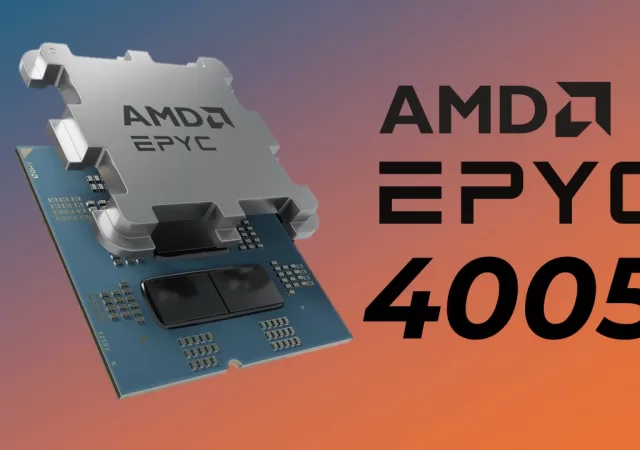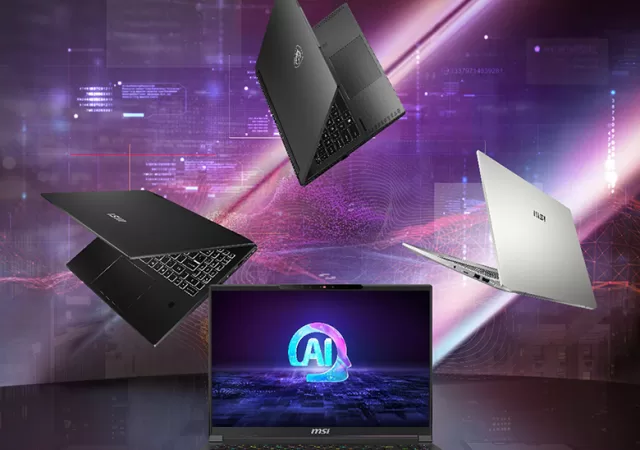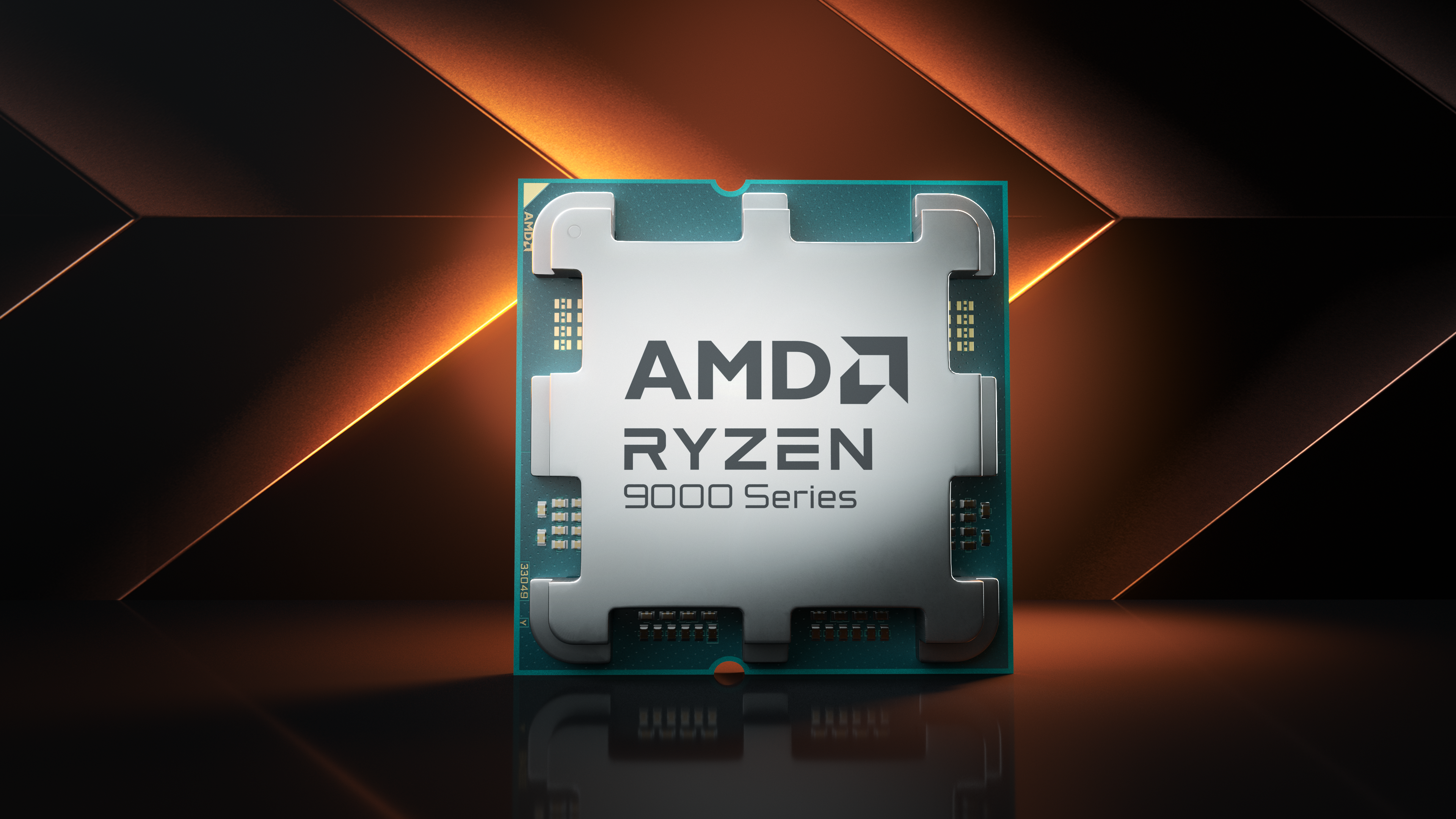AMD announces the new EPYC 4005 processors that bring cutting edge Zen 5 processing to a more affordable price point. Here’s everything you need to know.
[CES 2025] AMD Brings 3D V-Cache to Its Ryzen 9000 series Processors
AMD brings its X3D technology to its Ryzen 9000 series with the new Ryzen 9950X3D featuring the company’s 3D V-Cache technology.
MSI Brings Thin and Light to Gaming and Creator Laptops with the Stealth A16 AI+ & the Creator A16 AI+
MSI unveils its first thin and light high performance laptops – the Creator A16 and the Stealth A16 – that run on AMD’s Ryzen AI 300 series processors.
AMD’s New Ryzen 9000 Series Processors Pack Even More Performance with Lower TDPs
AMD announces its new Ryzen 9000 series processors that bring a huge performance uplift thanks to the new Zen 5 architecture.
AMD Has Announced the Ryzen AI 300 Series Laptop Processors and It’s Pushing Real Hard
AMD announces the new Ryzen AI 300 series processors at Computex 2024 heralding a shift in focus to AI performance chips for laptops.







